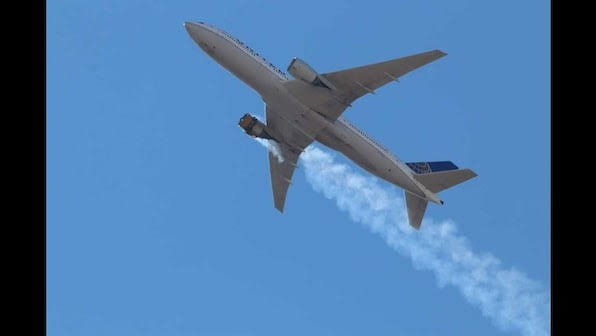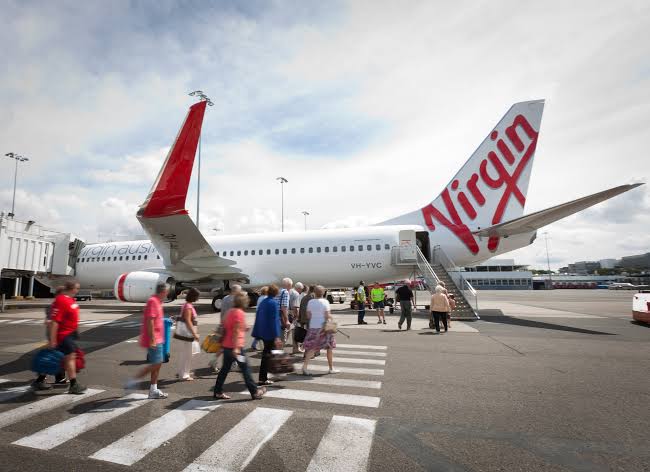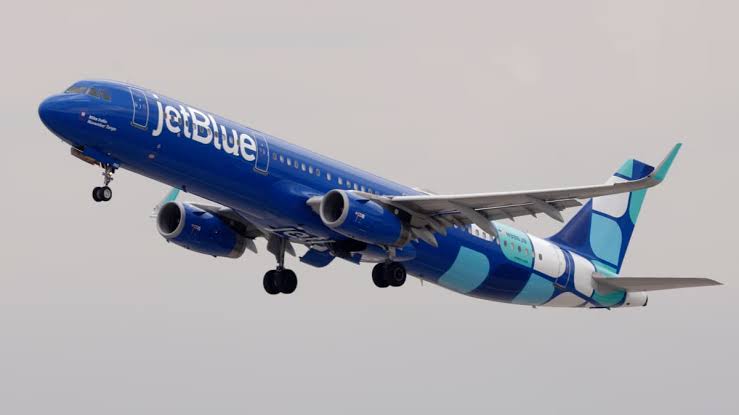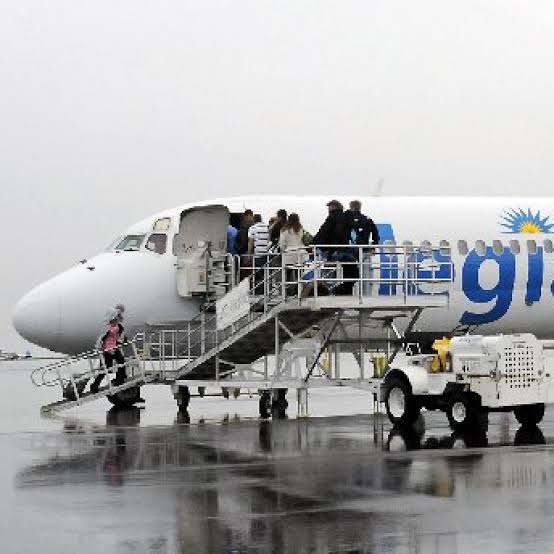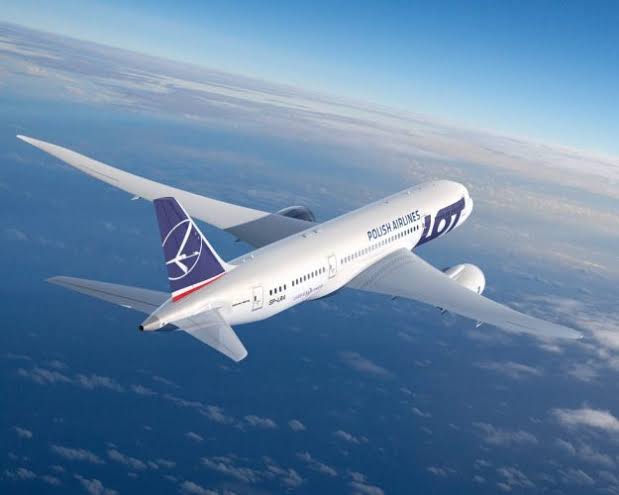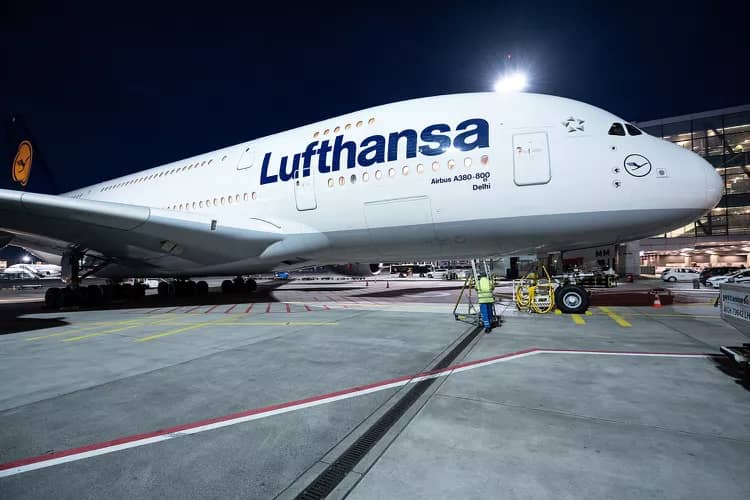A United Airlines plane plunged thousands of feet towards the Pacific Ocean after taking off from Maui
In December 2022, a United Airlines flight departing from Maui experienced a dramatic and alarming incident shortly after takeoff, plunging toward the Pacific Ocean before the flight crew successfully regained control. This event has since been scrutinized by aviation authorities, shedding light on the critical importance of clear communication and adherence to protocols in ensuring passenger safety.
The Incident: A Terrifying Descent
On December 18, 2022, United Airlines Flight 1722 departed from Kahului Airport in Maui, Hawaii, bound for San Francisco. The Boeing 777-200 aircraft, carrying 271 passengers and 10 crew members, encountered severe weather conditions, including heavy rain and turbulence, shortly after takeoff. Approximately a minute into the flight, as the aircraft ascended past 2,200 feet, it entered a steep dive, descending at a rate of about 8,600 feet per minute. The plane dropped more than 1,400 feet, coming within 748 feet of the ocean surface before the pilots managed to recover and resume normal flight. The remainder of the journey proceeded without further incident, and the flight landed safely in San Francisco.
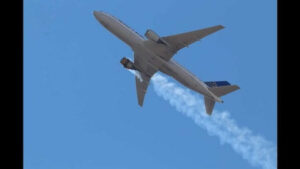
Passenger Experience: Moments of Fear
Passengers aboard Flight 1722 recounted a harrowing experience during the unexpected descent. Rod Williams, who was traveling with his family, described the sensation as similar to a roller coaster. He noted that after a normal takeoff, the plane’s nose pitched up dramatically for several seconds, followed by a steep nose-down descent lasting approximately eight to ten seconds. Williams recalled that during this period, there were numerous screams on the plane, as passengers recognized the abnormality of the situation.
Investigation Findings: Pilot Miscommunication
The National Transportation Safety Board (NTSB) launched an investigation into the incident, focusing on the actions of the flight crew and the sequence of events that led to the near-catastrophic descent. The investigation revealed that miscommunication between the captain and the co-pilot played a pivotal role. During the climb, the captain instructed the co-pilot to adjust the wing flaps to a setting of five degrees. However, the co-pilot misheard the instruction as fifteen degrees, leading to an incorrect flap setting. This miscommunication resulted in the aircraft’s nose pitching down and the subsequent rapid descent. The flight crew responded to ground proximity warnings and managed to pull the aircraft out of the dive, averting disaster.
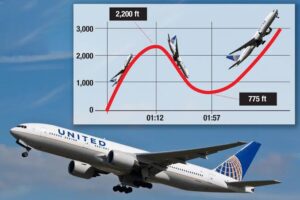
Flight Crew Response and Aftermath
Following the safe landing in San Francisco, the pilots filed a safety report detailing the incident. United Airlines, in coordination with the Federal Aviation Administration (FAA) and the Air Line Pilots Association (ALPA), conducted a thorough review. Both pilots, who had a combined experience of approximately 25,000 flight hours, received additional training to address the issues identified during the investigation. United Airlines emphasized that safety remains their highest priority and that they are committed to learning from such incidents to enhance training and operational procedures.
Technological Safeguards: The Role of Warning Systems
Aviation experts highlighted the critical role of onboard warning systems in preventing the incident from escalating into a tragedy. The aircraft’s ground proximity warning system alerted the pilots to the dangerously low altitude, prompting immediate corrective actions. Anthony Brickhouse, a former NTSB investigator and associate professor in applied aviation sciences, noted that the warning system effectively “saved the day” by providing the necessary alerts that enabled the flight crew to respond appropriately
Broader Implications: Emphasis on Communication and Training
This incident underscores the paramount importance of clear communication and strict adherence to standard operating procedures within the cockpit. Miscommunication, even over seemingly minor details such as flap settings, can lead to significant safety risks. The aviation industry continually stresses the necessity for ongoing training and the reinforcement of protocols to ensure that flight crews can effectively manage and mitigate in-flight anomalies.
Conclusion
The December 2022 incident involving United Airlines Flight 1722 serves as a stark reminder of the complexities and challenges inherent in aviation. While the swift actions of the flight crew, aided by advanced warning systems, prevented a potential disaster, the event highlights the continuous need for vigilance, clear communication, and rigorous training in ensuring the safety of air travel. Both the airline and regulatory bodies have taken steps to learn from this occurrence, aiming to enhance safety measures and prevent similar incidents in the future.
